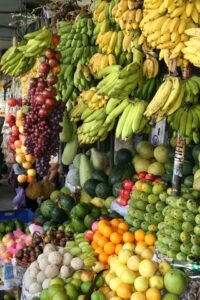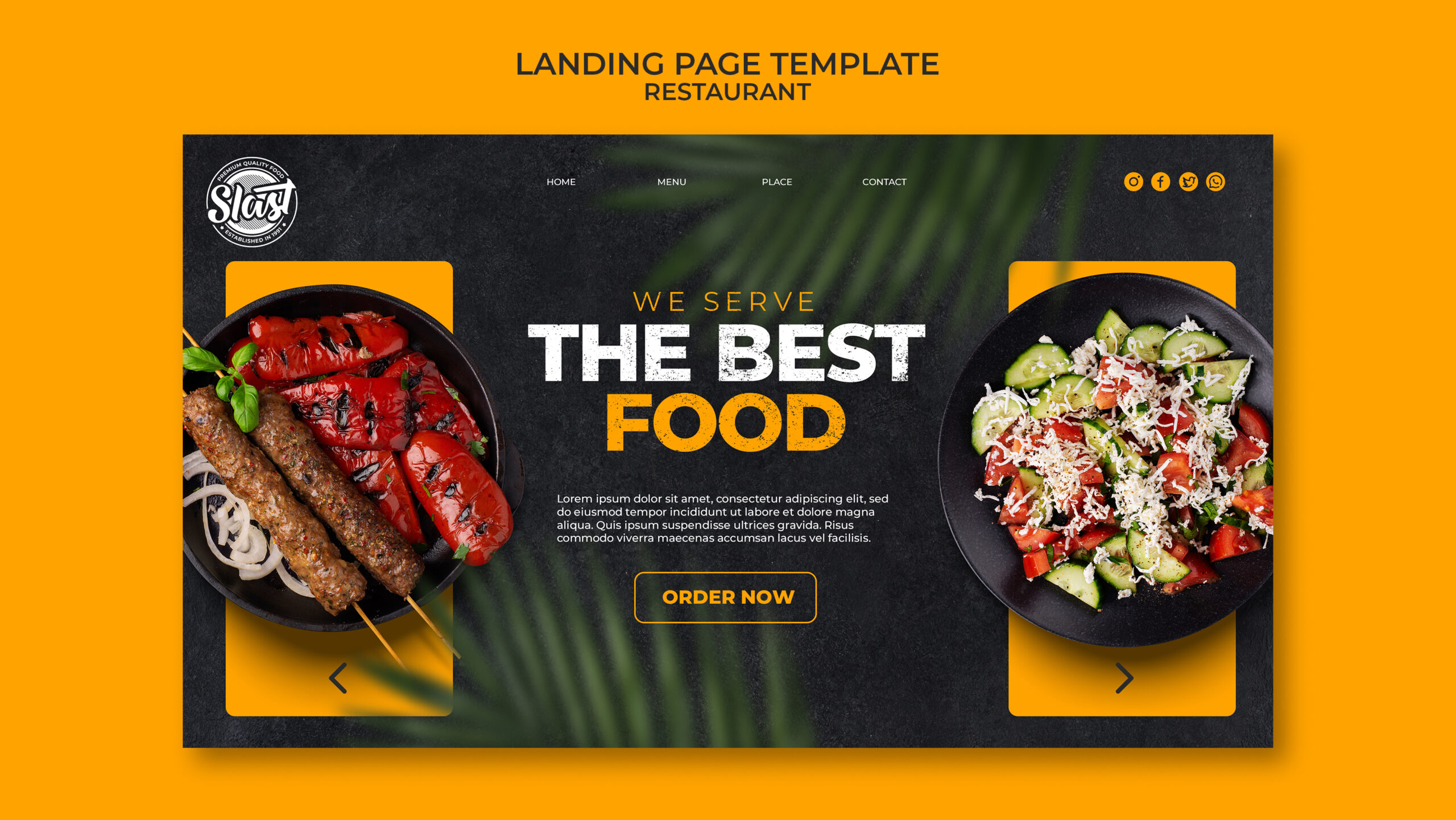Introduction:
In recent years, the food industry has witnessed a significant shift towards e-commerce, with platforms like Amazon leading the charge. Selling food on Amazon offers an unparalleled opportunity for entrepreneurs and established brands alike to reach a vast audience and drive sales. How to Sell Food on Amazon; however, navigating the complexities of selling food on Amazon requires careful planning, execution, and adherence to specific guidelines and best practices. In this comprehensive guide, we will explore the essential strategies, tips, and best practices for successfully selling food on Amazon.
How to Sell Food on Amazon

Understanding the Amazon Marketplace:
Amazon has evolved into one of the world’s largest online marketplaces, offering a diverse range of products to millions of customers worldwide. When it comes to selling food on Amazon, sellers can choose from various programs and services tailored to meet different needs and preferences. These include Amazon Fresh, Amazon Pantry, Amazon Prime Now, and Amazon Grocery, each catering to specific types of food products and customer demographics.
Setting Up Your Amazon Seller Account:
The first step to selling food on Amazon is to create a seller account. Whether you opt for an individual or professional seller account, it’s crucial to provide accurate business information and adhere to Amazon’s policies and guidelines. This includes verifying your identity, setting up payment methods, and selecting the appropriate fulfillment option (Fulfillment by Amazon or Fulfillment by Merchant).
Product Selection and Research:
Choosing the right food products to sell on Amazon is paramount to your success as a seller. Conducting thorough market research to identify popular trends, niche opportunities, and competitive landscape is essential. Consider factors such as product demand, seasonality, competition, and profit margins when selecting food products to sell on Amazon.
Optimizing Your Product Listings:
Creating compelling and optimized product listings is crucial for attracting customers and driving sales on Amazon. This involves writing clear and concise product titles, detailed descriptions, and relevant keywords to improve visibility and searchability. Additionally, high-quality images and accurate product attributes (such as packaging dimensions and nutritional information) can enhance the overall shopping experience for customers.
Ensuring Compliance and Regulation:
Compliance with local, state, and federal regulations is paramount when selling food on Amazon. Sellers must ensure that their products meet all applicable food safety, labeling, and packaging requirements. This includes obtaining necessary permits, certifications, and licenses, as well as adhering to Amazon’s specific guidelines for selling food products.
Managing Fulfillment and Logistics:
Efficiently managing inventory and fulfilling customer orders is essential for a successful food business on Amazon. Sellers can choose between Fulfillment by Amazon (FBA) or Fulfillment by Merchant (FBM) options, depending on their specific needs and preferences. Factors such as product shelf life, storage requirements, and shipping costs should be carefully considered when determining the most suitable fulfillment strategy.
Marketing and Promotion:
Effective marketing and promotion are essential for driving visibility, traffic, and sales for your food products on Amazon. Utilize Amazon’s advertising solutions, such as Sponsored Products and Sponsored Brands, to target relevant audiences and increase product visibility. Additionally, leverage social media, email marketing, influencer partnerships, and other channels to drive external traffic to your Amazon listings.
Providing Excellent Customer Service:
Providing exceptional customer service is key to building trust and loyalty with your Amazon customers. Respond promptly to customer inquiries, address concerns and issues, and strive to deliver a positive shopping experience. Encourage customers to leave feedback and reviews on your products, as positive ratings can significantly impact your product’s visibility and sales performance on Amazon.
Monitoring Performance and Optimization:
Please keep an eye on your sales performance, inventory levels, and customer feedback to find areas for improvement and optimization. Analyze key metrics such as sales velocity, conversion rates, and customer satisfaction to gauge the effectiveness of your selling strategies. Iterate and refine your approach based on data-driven insights to maximize your success as a food seller on Amazon.
Conclusion:
Selling food on Amazon presents lucrative opportunities for entrepreneurs and established brands to tap into the growing e-commerce market. By understanding the essential strategies, tips, and best practices outlined in this guide, sellers can navigate the complexities of selling food on Amazon successfully. By leveraging effective strategies for product selection, listing optimization, compliance, fulfillment, marketing, and customer service, sellers can drive visibility, traffic, and sales for their food products on the world’s largest online marketplace.




One Comment on “How to Sell Food on Amazon in 2024?”